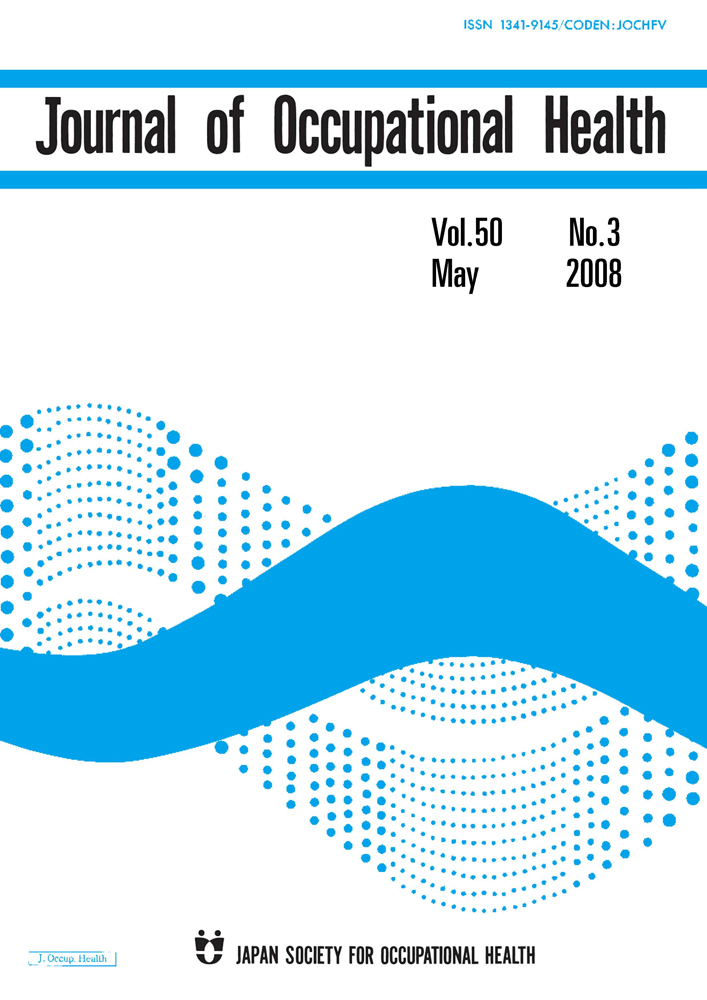Relationships of Job Hazards, Lack of Knowledge, Alcohol Use, Health Status and Risk Taking Behavior to Work Injury of Coal Miners: A Case-Control Study in India
Abstract
Relationships of Job Hazards, Lack of Knowledge, Alcohol Use, Health Status and Risk Taking Behavior to Work Injury of Coal Miners: A Case-Control Study in India: Bijay Mihir Kunar, et al. Department of Mining Engineering, Indian Institute of Technology, India—Objective is to assess the relationships of job hazards, individual characteristics, and risk taking behavior to occupational injuries of coal miners. This case-control study compared 245 male underground coal miners with injury during the previous two-year period with 330 matched controls without injury during the previous five years. Data were collected via face-to-face interview and analyzed using the conditional logistic model. Handling material, poor environmental/working conditions, and geological/strata control- related hazards were the main risk factors: adjusted ORs 5.15 (95% CI 2.42–10.9), 2.40 (95% CI 1.29–4.47), and 2.25 (95% CI 1.24–4.07) respectively. Their roles were higher among the face-workers than among the non-face-workers. No formal education, alcohol consumption, disease, big-family, and risk-taking behavior were associated with injuries (2.36≤ORs≤10.35), and the findings were similar for both face and non-face workers. Prevention should focus on handling material, poor environmental condition, especially addressing workers with no formal education, alcohol consumption, disease, big family size, and risk-taking behavior.




